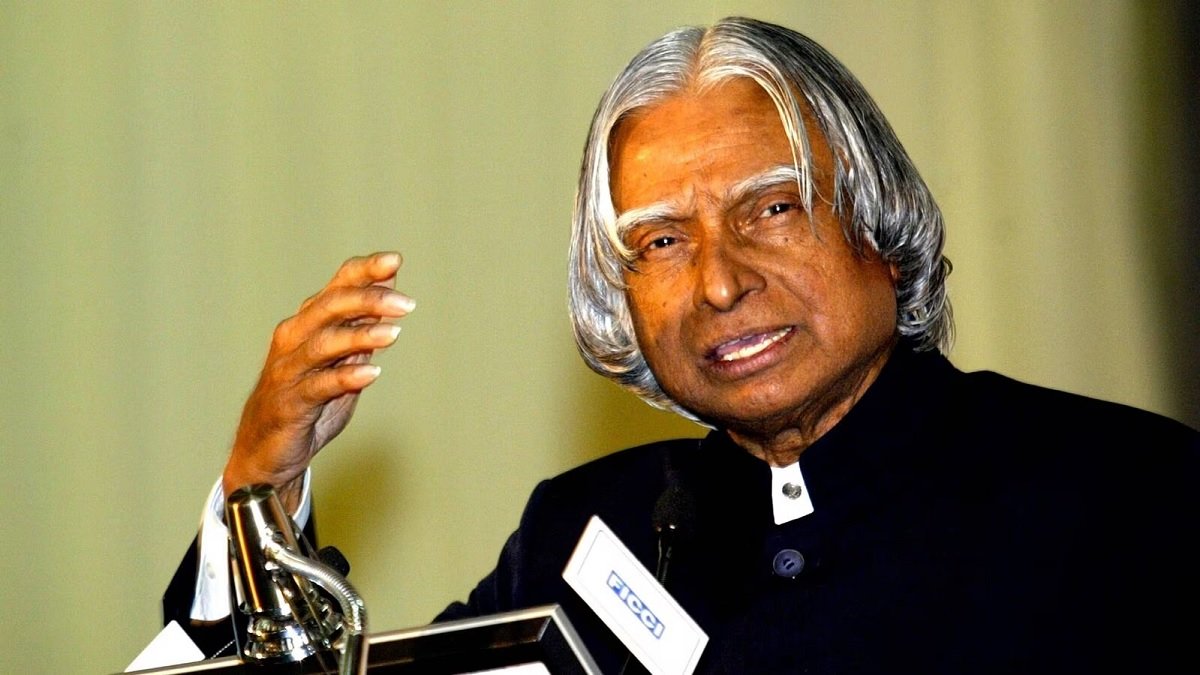In the expansive tapestry of spiritual thought, few threads are as vibrant and multifaceted as the teachings of the Bahá’í Faith, specifically the challenges presented by ‘Abdu’l-Bahá to Unitarian perspectives. This exploration unfurls in a context where the essence of unity informs both interfaith dialogue and the intricate web of religious philosophy. The Bahá’í tenets promulgated by ‘Abdu’l-Bahá transcend mere doctrinal rigidity, beckoning individuals toward a more profound understanding of humanity’s interconnected destiny.
To begin with, one might visualize ‘Abdu’l-Bahá as a lighthouse—piercing through the mist of theological ambiguity—illuminating the path toward systemic unity. His role as the appointed interpreter of Bahá’u’lláh’s teachings necessitated a profound engagement with divergent religious ideologies, particularly the Unitarian movement, which emphasizes the oneness of God and rejects the Trinity. ‘Abdu’l-Bahá’s elucidation of God’s singularity does not simply mirror Unitarian dogma; it is layered with a call to transcend the mechanism of religious exclusivity. For him, the very essence of spiritual truth is in its universal applicability, a unique appeal that challenges sectarian boundaries.
The core of ‘Abdu’l-Bahá’s challenge lies in his assertion that religion is an evolving phenomenon—a dynamic vessel that conveys divine wisdom tailored for the human condition throughout different epochs. He posited that the teachings of Bahá’u’lláh, while rooted in an age-old tradition, diverge from archaic understandings by articulating a holistic vision that embraces a pluralistic worldview. Understanding this transition from static interpretation to a more fluid comprehension is essential in grasping the Bahá’í contention that all religions share an essential unity despite their historical divergences.
In juxtaposition to Unitarianism, which often seeks to uphold rationalism and a strict monotheism, ‘Abdu’l-Bahá advanced a metaphysical framework that harmonizes the intellect and the heart. He articulated that true understanding of God transcends logical structures; rather, it is an experiential relationship that melds devotion with reason. This philosophical pivot invited followers to reconsider the limitations of human reasoning as it pertains to understanding the divine. Thus, he famously stated, “God is the unknowable essence,” inviting adherents to embrace the mystery while pursuing knowledge.
The metaphor of the garden becomes profoundly relevant when one delves into the nature of Bahá’í teachings. ‘Abdu’l-Bahá illustrated religion as a garden, where each flower represents a different faith contributing to the landscape of spirituality. Such an illustration paints a vivid picture of inclusivity, suggesting that while each belief system may have distinctive attributes, they coexist in a larger tableau. This nuanced perspective posits that truth is not a monolithic entity but a bouquet of diverse insights, an assertion that stands as a poignant challenge to Unitarian exclusivity.
Moreover, his examination of the nature of humanity itself is integral to this discourse. ‘Abdu’l-Bahá articulated that divisions based on religious, racial, or socio-economic factors must be dismantled in light of our shared essence as human beings. He posited that the light of divinity shines equally on all, urging a collective awakening to our shared purpose. By emphasizing the spiritual dimensions of equality and justice, he laid down a challenge to the Unitarian focus, which often remains tethered to rationalist and ethical considerations without an adequate exploration of the spiritual ramifications.
Within this framework, ‘Abdu’l-Bahá’s teachings evoke the powerful metaphor of the ocean, where individual expressions of faith represent distinct waves. Each wave, unique in its formation and trajectory, ultimately converges to reinforce the vast expanse of the ocean’s surface—symbolizing the unity of all religious teachings. Through this metaphor, he conveys that while spiritual traditions may manifest differently, they collectively contribute to the breadth of divine revelation. This perspective provides an enriching lens through which to perceive religious pluralism, thus challenging Unitarian assertions that may delineate clear separations between faiths.
Furthermore, the interpretation of prophecy and revelation plays a crucial role in ‘Abdu’l-Bahá’s challenge to Unitarian thought. In his view, prophetic figures—including Moses, Christ, Muhammad, and Bahá’u’lláh—offer successive waves of divine guidance, each reflecting the needs and aspirations of their respective communities while building towards an overarching goal of unity. This continuum of revelation directly counters the Unitarian interpretation, which may infer a singular revelation devoid of further evolution. By presenting a composite view of divine messengers, ‘Abdu’l-Bahá invites a reinterpretation of divine guidance as an ongoing process of revelation, encouraging believers to embrace the myriad ways in which truth can manifest.
In conclusion, the Bahá’í teachings presented by ‘Abdu’l-Bahá challenge the Unitarian ethos not merely by contrasting doctrines but by reimagining the entire spiritual landscape. Through metaphors such as gardens and oceans, he implores individuals to perceive beyond superficial distinctions, inviting a collective embrace of the inherent unity that persists among all humanity. As this intricate dance of dialogue continues, the emergence of a genuinely inclusive spiritual paradigm remains ever more pertinent, echoing the call for unity amidst diversity that resonates through the corridors of history, bringing diverse voices into a harmonious chorus of understanding and love.
